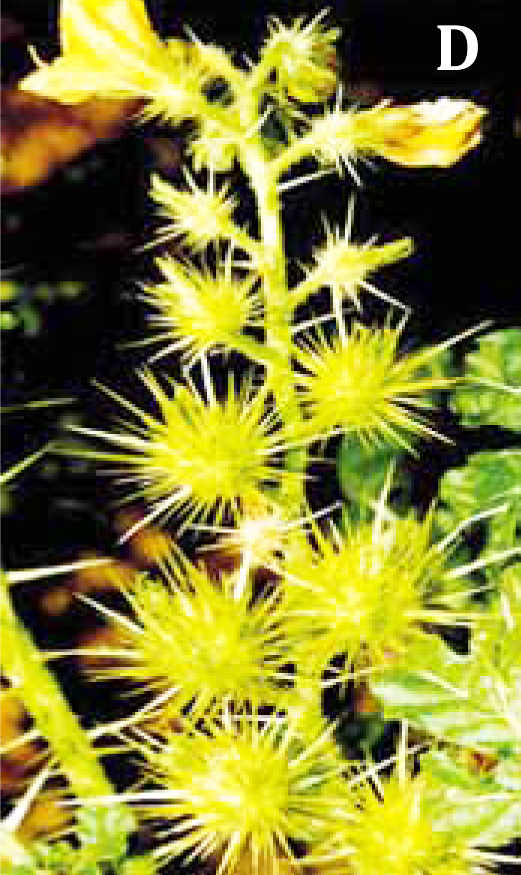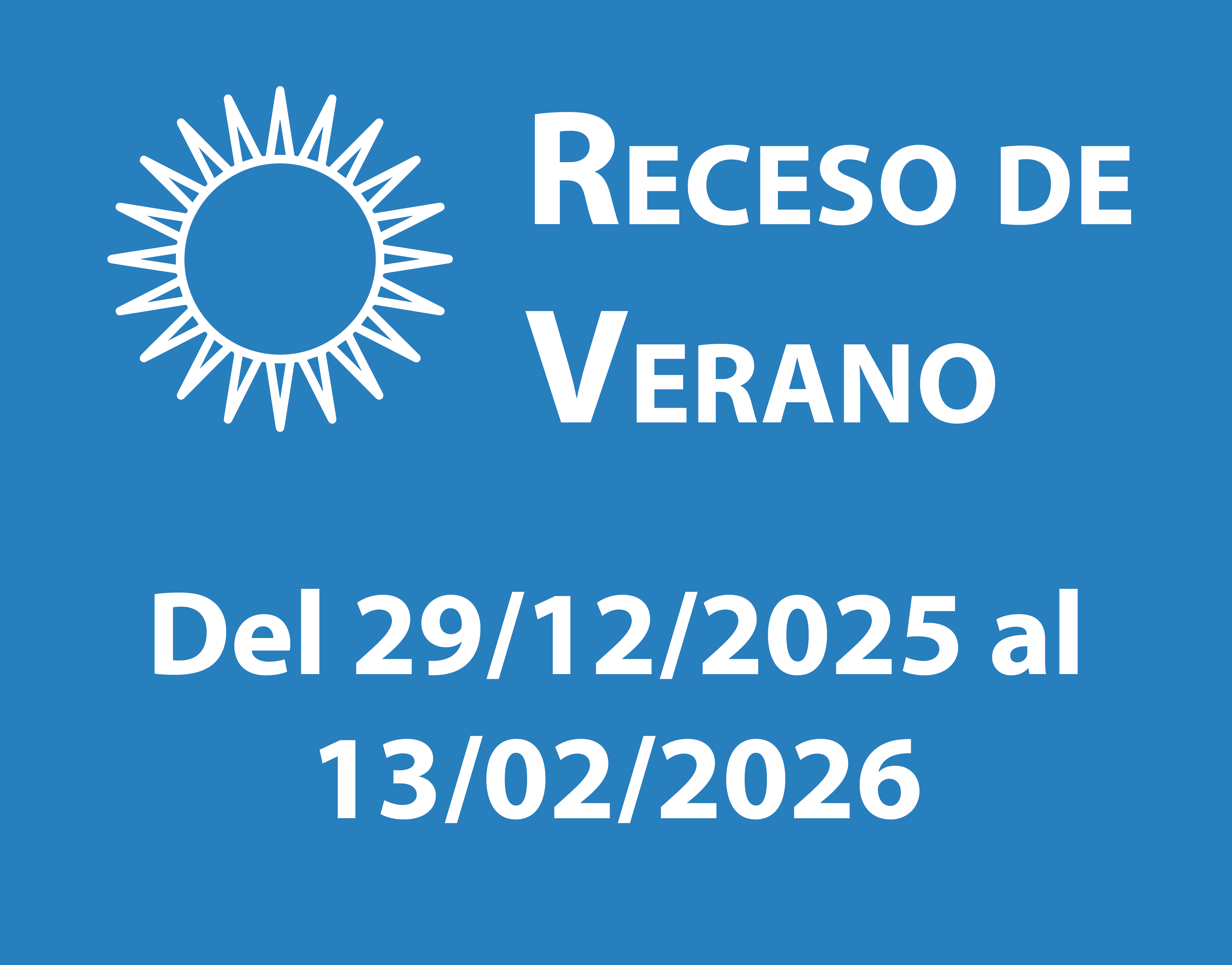Sobre la presencia de Solanum rostratum (Solanaceae) en Sudamérica: una neófita tóxica de gran potencial como maleza
Palabras clave:
Argentina, Colombia, flora adventicia, Solanum rostratumResumen
Se comunica por primera vez la presencia de Solanum rostratum Dunal (Solanaceae) en Sudamérica, sobre la base de ejemplares de San Luis (Argentina) y Bogotá (Colombia). Se describe e ilustra la especie, y se discute las características biológicas que pueden favorecer su dispersión en las condiciones locales. Es una planta anual que se reproduce por semillas y se distingue de otras especies aculeadas silvestres de Solanum por sus hojas 1-2 pinnatífidas, cubierta de aguijones densos y delgados y tricomas estrellados, flores zigomorfas con corola amarillo intenso y notoria heteranteria, con un estambre de polinización de forma curva y mucho más grande que los otros cuatro, que sirven para la alimentación de prónubos. Estos registros constituyen los primeros para la flora de ambos países y para toda Sudamérica. La importancia de su hallazgo radica en su enorme potencial como maleza invasora, tóxica.
Descargas

Descargas
Publicado
Cómo citar
Número
Sección
Licencia
Aquellos autores/as que tengan publicaciones con esta revista, aceptan las Políticas Editoriales.











.jpg)




